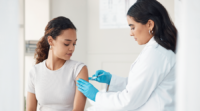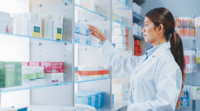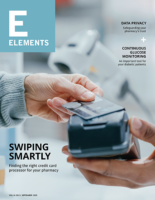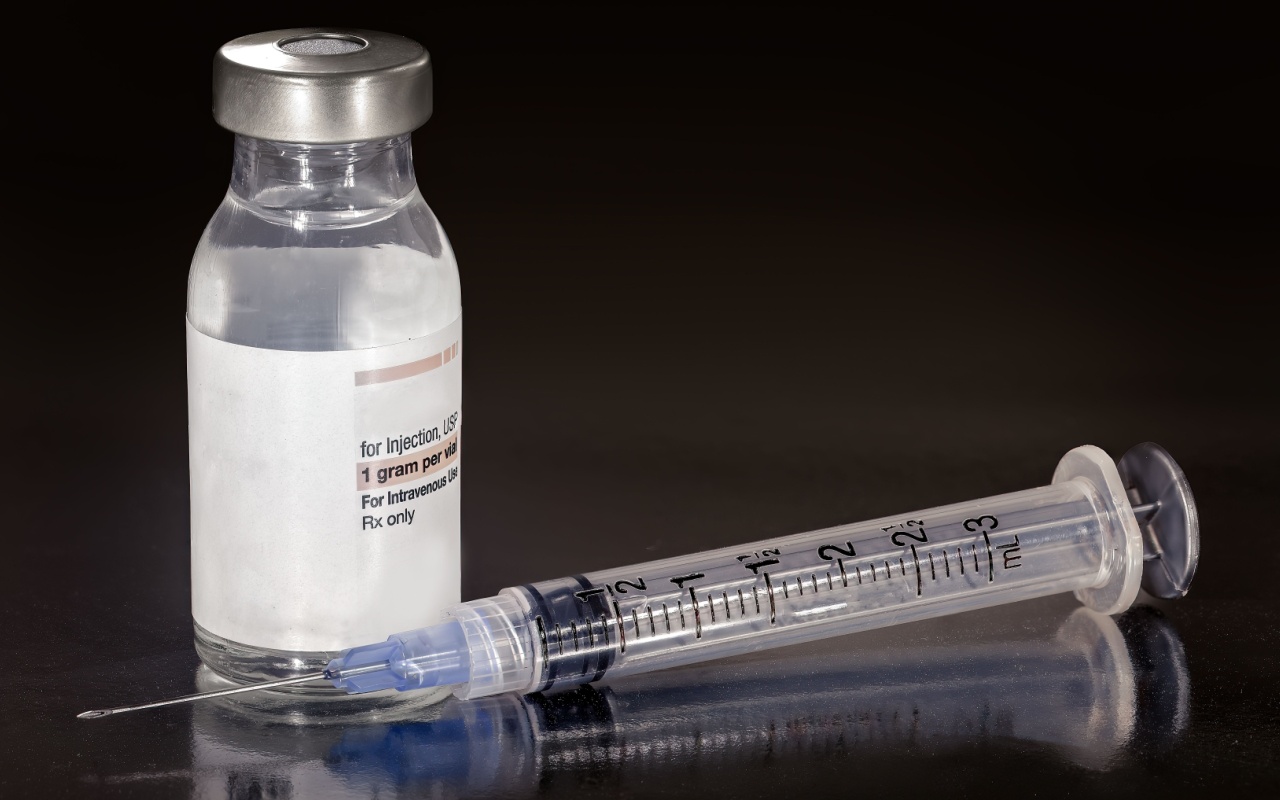If you’re looking to further boost your pharmacy’s front-end sales revenue, consider the different ways your patients make front-end purchases at your store.
Tailor your pharmacy’s front end for all types of shoppers. Whether they’re making a planned purchase, an impulse buy, or a companion sale, understanding the different ways your patients shop, and how they choose to buy certain items, can help you increase sales.
Learn more about these three types of purchases, and how you can best arrange your front-end merchandise to entice patients to make a purchase.
1. Planned purchases
Planned purchases are items patients have been planning to pick up before even stepping foot into your store. Maybe they’re out of toothpaste, or they need to stock up on probiotics. They came into your pharmacy with the intent to purchase these needed items.
To increase your front-end profits from planned purchases, consider hiring a front-end manager. A front-end manager can help determine what inventory needs to be purchased, where products need to be arranged and what needs to be done to increase sales.
If you can’t afford to hire a front-end manager, make sure an employee is available in your front end to answer patients’ questions and concerns. If an employee is there to help, patients may be encouraged to buy other items in conjunction with the products they came to pick up in the first place.
Another idea to encourage patients to make their planned purchases at your pharmacy is to stock effective, in-demand inventory. Make your pharmacy a place your patients want to shop, in addition to picking up their prescriptions and receiving personal health counseling.
2. Impulse buys
Impulse buys are those last-minute purchases your patients make on a whim. Your pharmacy’s checkout counter is the perfect area to showcase merchandise that will entice your patients to make an impulse buy.
Consider the patients who come into your store solely to pick up their prescriptions. There may be many patients who never wander your aisles. Wouldn’t it be nice if you could encourage those patients to buy extra items they need, such as over-the-counter (OTC) medications or a bag of cough drops?
Encourage impulse buys by arranging your front-end merchandise in convenient, visible areas. Place easy-to-grab items on your checkout counter. Offer items on clearance, so customers won’t be able to resist a good deal. Or, make a personal recommendation of a product to your patients. When they know you—the expert—use a certain product, they may be more inclined to make that impulse purchase.
Also, consider your inventory, and the types of items that are best-sellers. If many of your pharmacy’s shoppers are purchasing Band-Aids® or vitamins, refocus your front end to showcase that popular merchandise.
3. Companion sales
Encouraging companion sales, or “bundle buying,” is a simple way to increase your pharmacy’s front-end sales.
Companion sales happen when you group certain items together that make sense to purchase together.
“Companion sales are the quickest way to increase sales,” said Gabe Trahan, senior director of store operations and marketing at the National Community Pharmacists Association (NCPA). “Some are as simple as placing facial tissue in the cough and cold department along with vitamin C, hand sanitizer, thermometers and new tooth brushes.”
Thinking about how people purchase items can help you better arrange your pharmacy’s merchandise to encourage sales.
Learn how to recommend front-end products like a pro.
Related articles:
5 Proven Merchandising Strategies for Your Front End
10 Ways to Turn Front-End Shoppers into Buyers
5 Types of Independent Pharmacy Shoppers











